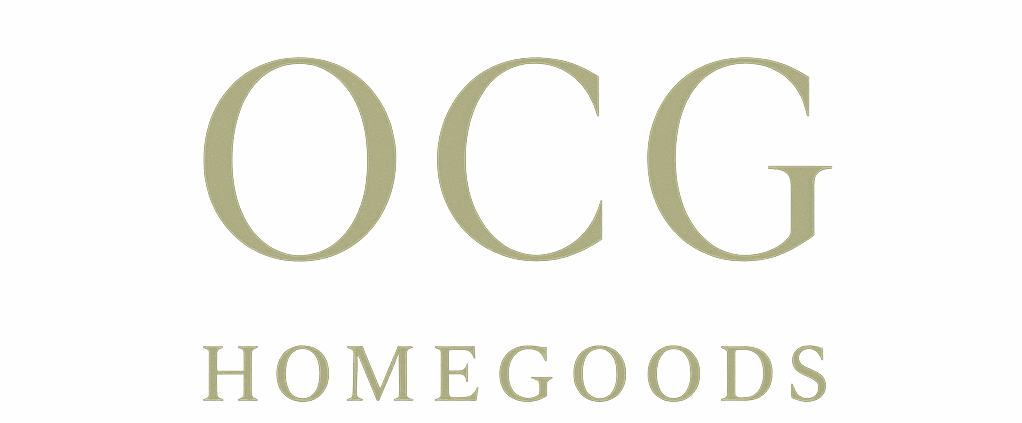Choosing furniture means choosing materials — and if you’re shopping online or in-store, you’ve likely seen terms like MDF, plywood, and solid wood. But what do they actually mean, and which is best for your home?
Here’s a simple guide to help you understand the pros and cons of each material.
1. Solid Wood
✅ What it is: Natural wood cut from a tree — like oak, pine, or walnut.
✅ Pros:
- Strong and durable
- Long-lasting
- Beautiful natural grain
❌ Cons:
- More expensive
- Can warp with moisture or temperature changes
Best for: High-traffic furniture (like dining tables or bed frames) and classic looks.
2. Plywood
✅ What it is: Thin layers of real wood (called “plies”) glued together, with grains alternating for strength.
✅ Pros:
- More stable than solid wood (less warping)
- Strong and lightweight
- Lower cost than solid wood
❌ Cons:
- Edges may show layers if not finished properly
- Slightly less “natural” look
Best for: Cabinetry, shelving, desks — especially where lightweight strength matters.
3. MDF (Medium-Density Fiberboard)
✅ What it is: A mix of wood fibers and resin, compressed into boards.
✅ Pros:
- Very smooth surface (great for paint or veneer)
- Affordable
- Doesn’t warp as easily as solid wood
❌ Cons:
- Not as strong as plywood or solid wood
- Can swell if exposed to water
- Heavier than it looks
Best for: Painted furniture, decorative panels, low-cost shelving, headboards.
🛠 So, Which One Should You Choose?
| Material | Strength | Price | Ideal For |
|---|---|---|---|
| Solid Wood | ⭐⭐⭐⭐ | $$$$ | Premium, durable pieces |
| Plywood | ⭐⭐⭐⭐ | $$$ | Lightweight but sturdy builds |
| MDF | ⭐⭐ | $$ | Budget-friendly, smooth finishes |
💡 At OCG Homegoods, we clearly label all our furniture materials — so you know exactly what you’re getting, and why it’s the right fit for your space.
